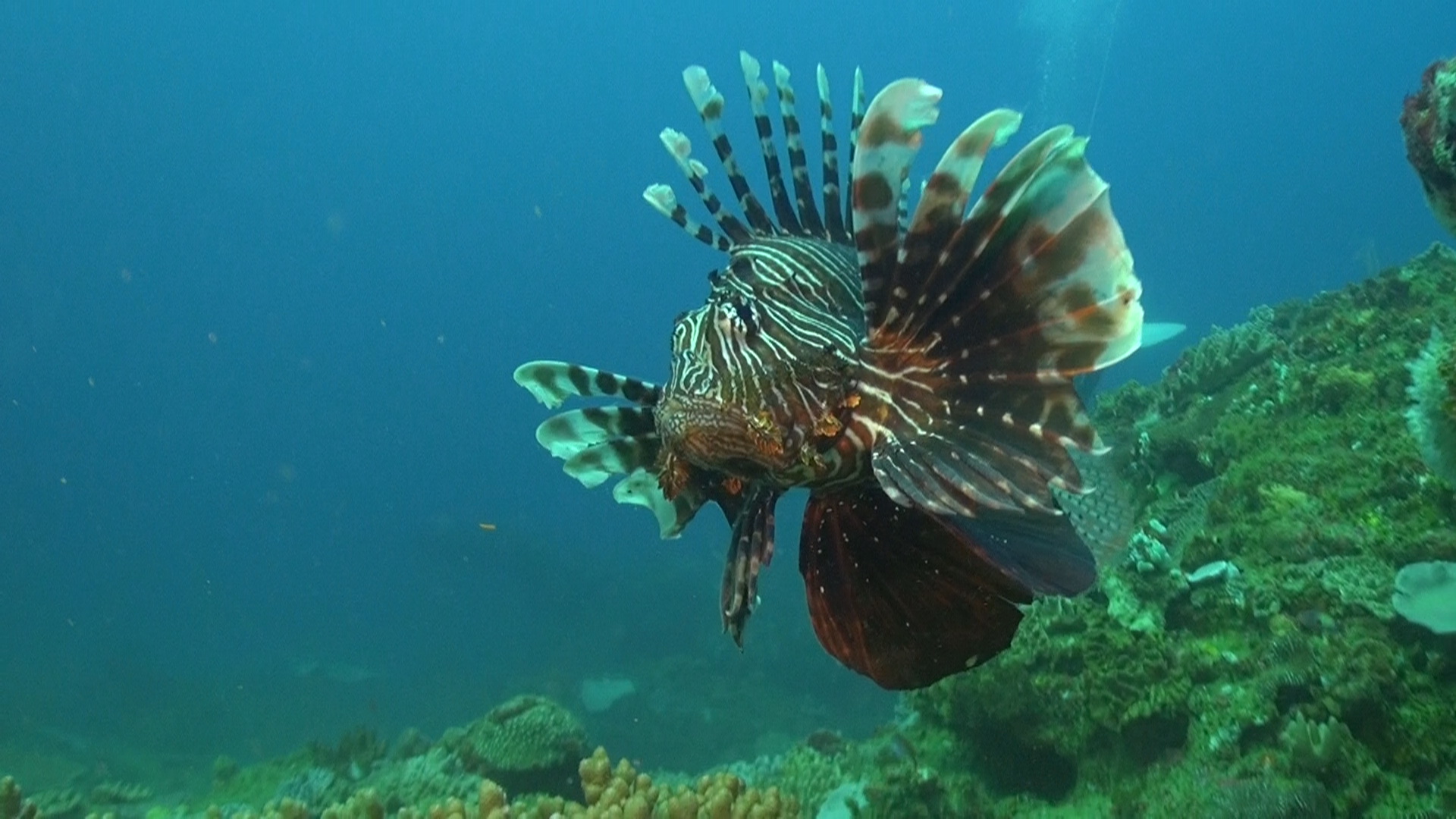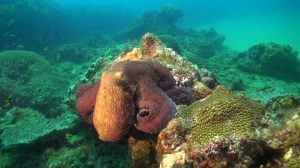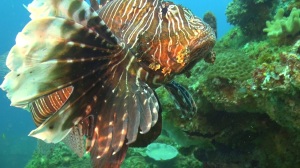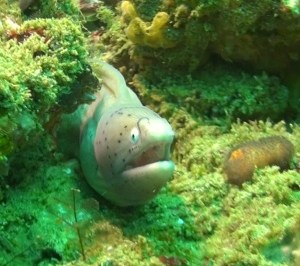
After many years of diving all over the world, I still regard Rocktail Bay and Sodwana Bay as one of the best dive spots in the world.
I took some macro shots at Antons Reef in Sodwana Bay, which is part of the Isimangaliso National Park. A world heritage site.
I was taking my new wet macro video lens out on a test dive. So, all the footage was not that great, but, next time will be better.
Glossodoris hikuerensis is a relatively large nudibranch and can reach at least 100 mm in length. Has a pale-brown body which is covered by speckled white dots.
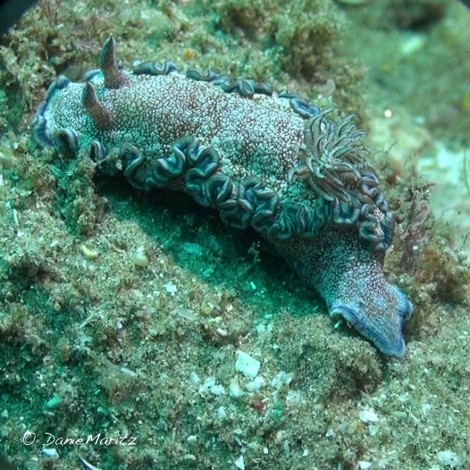
Glossodoris hikuerensis nudibranch
Neopetrolisthes maculatus is a species of porcelain crab. It is a small, colourful crustacean with a porcelain-like shell. This porcelain crab is usually found within the stinging tentacles of a number of sea anemone species.
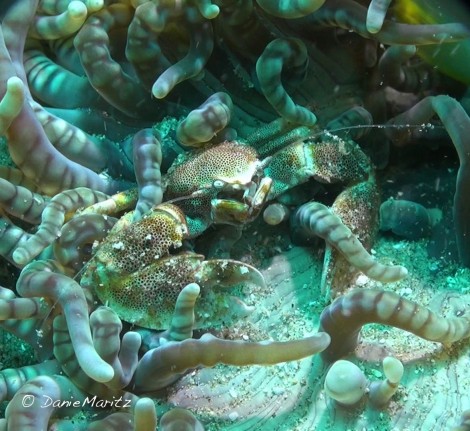
Anemone Porcelain Crab. (Neopetrolisthes maculatus)
Thor amboinensis, commonly known as the squat shrimp or sexy shrimp. It lives symbiotically on corals, sea anemones a small shrimp growing to a length of about 13 millimeters. It’s extremely small and difficult to photograph.
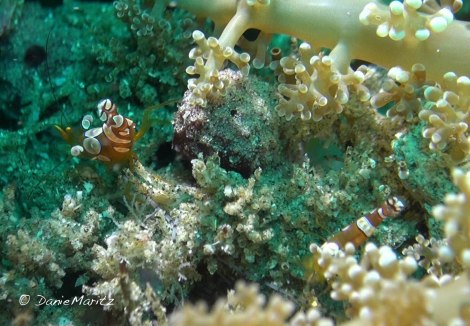
Squat shrimp / Sexy shrimp. (Thor amboinensis)
Porcupinefish (Diodon nicthemerus) commonly called blowfish (and, sometimes,balloonfish and globefish). They are sometimes collectively called pufferfish. Fugu can be lethally poisonous due to its tetrodotoxin. Fugu is the Japanese word for pufferfish and the dish prepared from it.Some consider the liver the tastiest part but it is also the most poisonous, and serving this organ in restaurants was banned in Japan in 1984. Fugu has become one of the most celebrated and notorious dishes in Japanese cuisine.Fugu contains lethal amounts of the poison tetrodotoxin in its organs, especially the liver, the ovaries, and the eyes whereas skin is usually non-poisonous.
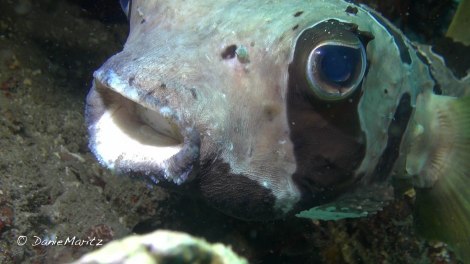
Porcupine fish. (Diodon nicthemerus)
Nudibranch Chromodoris magnifica can reach a maximum size of 5 cm length. It is so named because of this nudibranch’s striking, vibrant orange and blue colours.
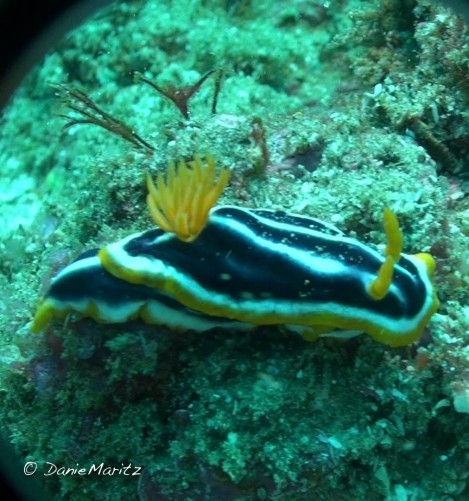
Chromadoris magnifica nudibranch
Bryaninops yongei, the wire-coral goby or whip coral goby has a semi-transparent head and body The fish is approximately 3 to 3.5 centimeters long usually live in pairs in association with the wire coralspecies Cirrhipathes anguina (Antipathidae) at depths of between 3 to 45 metres (9.8 to 147.6 ft). These pairs are usually male-female pairs. They move extremely fast and because of their transparency, they are extremely difficult to photograph.
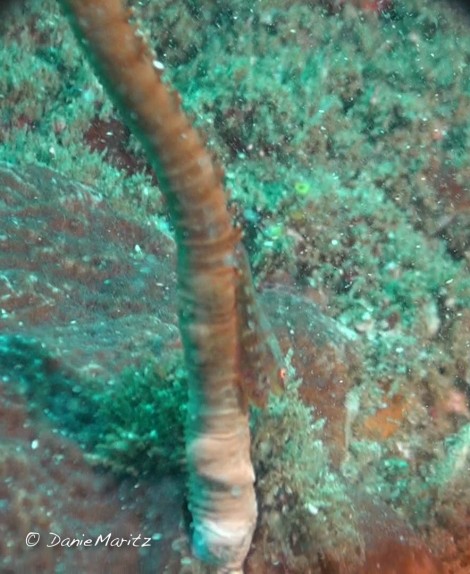
Wire goby or whip-coral goby (Bryaninops yongei)
Spirobranchus giganteus, commonly known as Christmas tree worms. The multicolored spirals are highly derived structures for feeding and respiration.
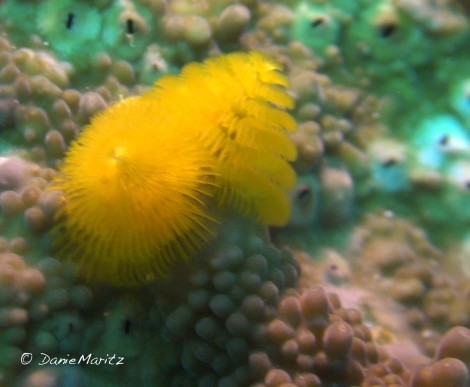
Christmas tree worms. (Spirobranchus giganteus)
Scorpaena scrofa, common name the red scorpionfish, Bigscale scorpionfish, or large-scaled scorpion fish can achieve a maximum weight of approximately 3 kilograms. It can grow to a maximum length of 50 centimeters, but is commonly around 30 cm.
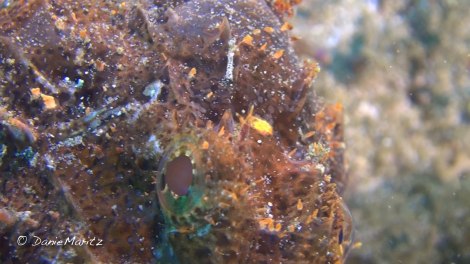
Red Scorpion fish. (Scorpaena scrofa)
It has 12 dorsal spines, 9 dorsal soft rays, 3 anal spines, and 5 soft rays. It is predatory, feeding on other fish, as well as crustaceans and mollusks.
Scorpionfish are coveted by most Europeans as a precious, even essential, ingredient to traditional bouillabaisse. It is for this dish that they are generally most sought. Their poisonous spines can be removed by cutting them off with kitchen shears, although whole cooking effectively denatures their venom.

